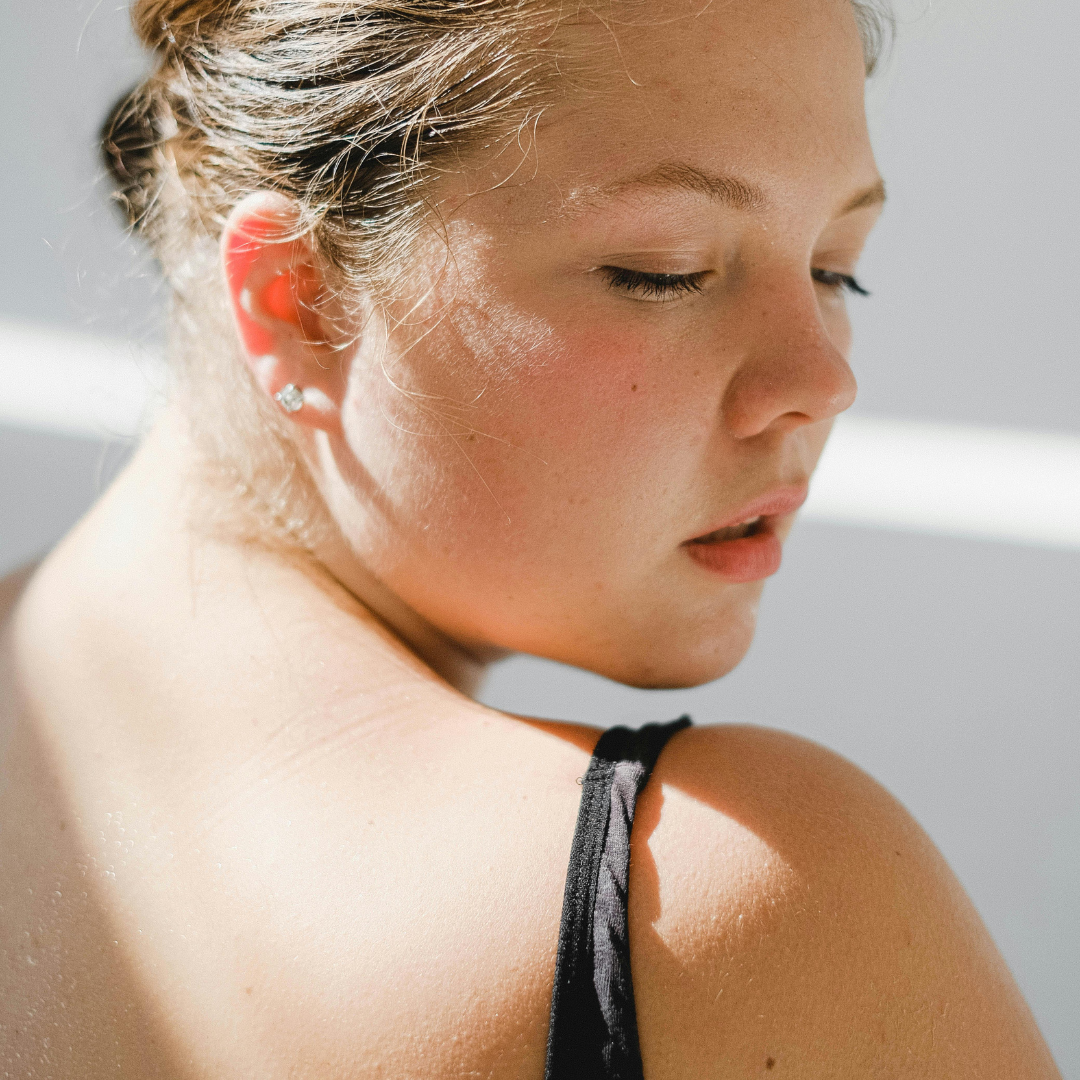Checking Your Own Back: A Quick Guide to Skin Surveillance
Alright, let’s be honest, checking your back for anything suspicious skin-wise isn’t exactly the easiest task. But it’s super important! Skin cancer, including melanoma, can pop up anywhere, and your back is a prime, often-overlooked, location. So, how do you become your own back-checking champion? Here’s the lowdown:
Gear Up for the Mission:
First, you’ll need a couple of key tools. A large mirror – the bigger the better – mounted on a wall is your primary viewing device. Next, grab a handheld mirror; this is your mobile unit for close-up investigations. Good lighting is crucial, so make sure your bathroom or wherever you’re doing this is well-lit. Natural light is great, but artificial will do the trick too.
The Two-Mirror Tango:
Okay, strip down (at least from the waist up!) and position yourself in front of the large mirror. Use the handheld mirror to get a view of your back. You’ll likely need to do some twisting and contorting. It might feel a bit awkward at first, but you’ll get the hang of it. Focus on one section of your back at a time, methodically working your way across the entire surface.
What to Look For (The ABCDEs and Beyond):
Now for the important part: knowing what you’re looking for. Remember the ABCDEs of melanoma:
- Asymmetry: One half of the mole doesn’t match the other.
- Border: The edges are irregular, blurred, or ragged.
- Color: The mole has uneven colors, with shades of black, brown, and tan, or even red, white, or blue.
- Diameter: The mole is larger than 6 millimeters (about the size of a pencil eraser).
- Evolving: The mole is changing in size, shape, or color.
But don’t just focus on the ABCDEs. Also keep an eye out for:
- New moles that appear different from your other moles.
- Sores that don’t heal.
- Any spot that itches, bleeds, or crusts.
Don’t Be Afraid to Ask for Help:
If you’re having trouble seeing your back properly, or if you find something you’re not sure about, don’t hesitate to enlist a friend, partner, or family member for a second opinion. A fresh pair of eyes can be really helpful.
When in Doubt, See a Pro:
The bottom line is this: If you find anything suspicious or concerning at all, see a dermatologist. They are the experts in skin health. Regular self-exams are great, but they’re not a substitute for professional checkups. Early detection is key when it comes to skin cancer, so don’t delay getting anything checked out. It’s better to be safe than sorry! Good luck, and happy back-checking!







